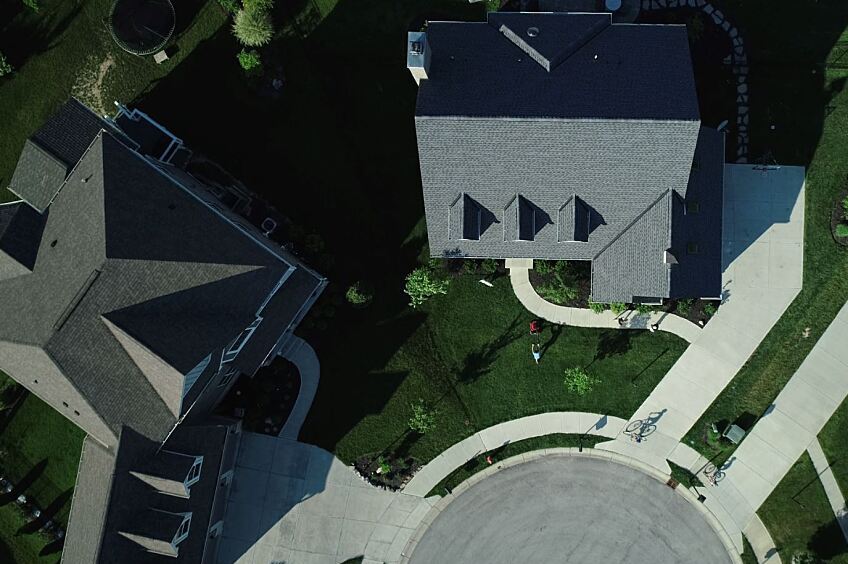After a busy storm season and so many unknowns due to the pandemic complicating business, finding ways to lower costs is crucial for roofing contractors. Homeowners and insurance companies will be watching every dollar as repairs are made.
One way to make sure you're pinching pennies is to make detailed and accurate estimates beforehand. Using digital tools that insurance companies work with, like Xactimate software, can help you with this task.
The Benefits of Using Digital Tools
Many roofing companies have adopted the use of digital tools like video conferencing. Digital take-off and estimating tools can also help eliminate the need for a site visit, introducing new efficiencies to your business.
Digital tools, like GAF's QuickMeasure, are extremely accurate and can speed up estimating. The software removes the potential for human error from roofing measurements and calculations, helping make accurate measurements that can assist you with closing more sales. You can be sure the information is up to date, as the images used to calculate the roof areas are updated yearly.
Digital estimates also cost less to prepare than the traditional in-person method. When you don't have to send a crew out to measure each roof, labor costs for estimates are eliminated. In addition, productivity can go up, as one estimator can now provide several estimates in an hour.
Using Xactimate for Your Estimate
Xactimate is an estimating software used by most of the major insurance companies to compute costs for home repairs.
Using this software allows you to speak the same language as the insurance company when discussing a claim. You can show them your repair breakdown in the same software they're using, which makes it easier to discuss any additional line items needed for the repair that may have been missed.
Providing an invoice with an estimate from Xactimate attached makes invoice approval and payment easier, too. Adjusters can quickly review the invoice in a format generated by the software that they are familiar with, see that they are the same, and approve payment.
Greater Accuracy with Aerial Images
GAF's QuickMeasure tool can be used in conjunction with Xactimate to make estimates even quicker and simpler. GAF QuickMeasure takes aerial images of a specific address and uses them to generate a roof report for you, usually in less than one hour for a single residential home. The report the software provides will give you roof areas, quantities, dimensions, and, for residential projects, a complete materials list. It takes all the measuring and guesswork out of roofing estimates.
GAF QuickMeasure also provides site photos so you can count the vents and pipes, and includes roof pitches and the area of each. For single family residential homes, the report contains a detailed material list with quantity calculations, including waste, for shingles, starter, deck protection, leak barrier, ridge caps, and vents.
To put together an estimate for a customer, all you need to do is enter the quantities from the GAF QuickMeasure report into Xactimate, and it will produce a complete breakdown with costs and quantities for your customer and the insurance company to review.
You can make estimating even easier by setting up macros in the software that contain all the components necessary for a roof repair. Then all you have to do is go down the list from your QuickMeasure report and enter the quantities. You won't miss a thing.
Automate Your Estimating and Save Money
The more you're able to use digital tools to automate your estimating process, the more estimates you will be able to perform, and the more work you can schedule. Using these tools helps you speak the same language as insurance companies, which may help lead to additional approved work and even expedited payment.
To learn more about using Xactimate and GAF QuickMeasure for estimating roofing repairs, see GAF's Expert Value Speaker Series Webinar. Enter branch code "GAF" to access.

